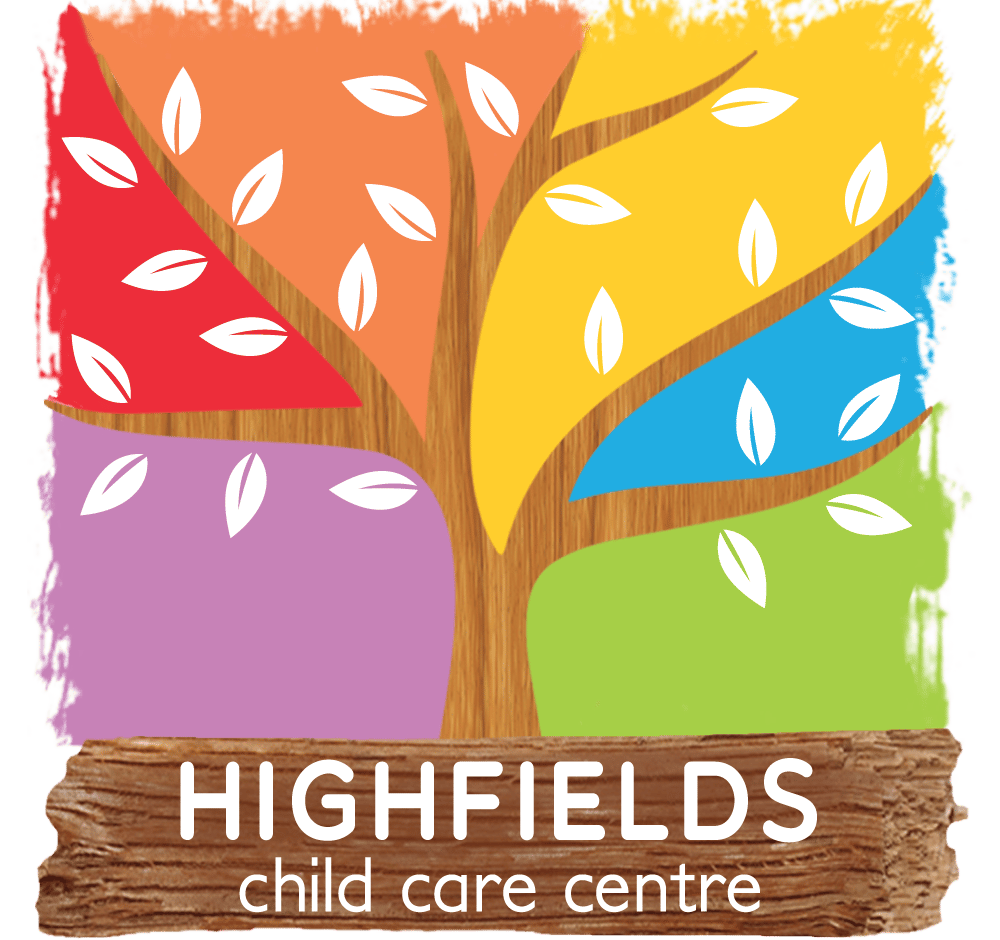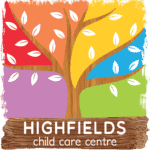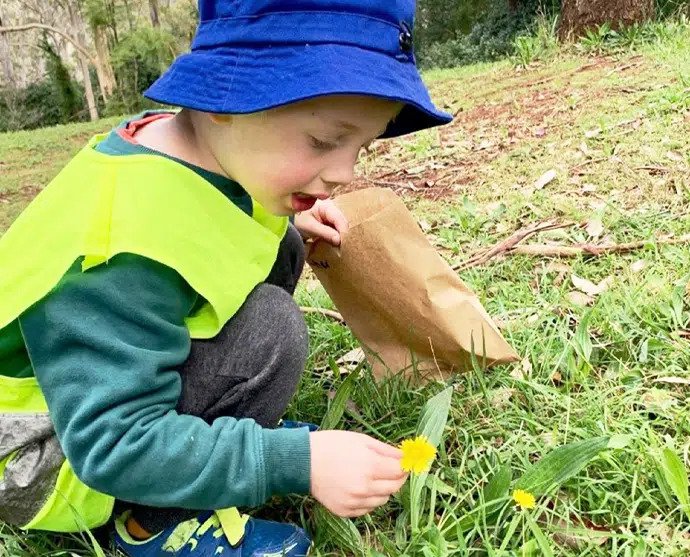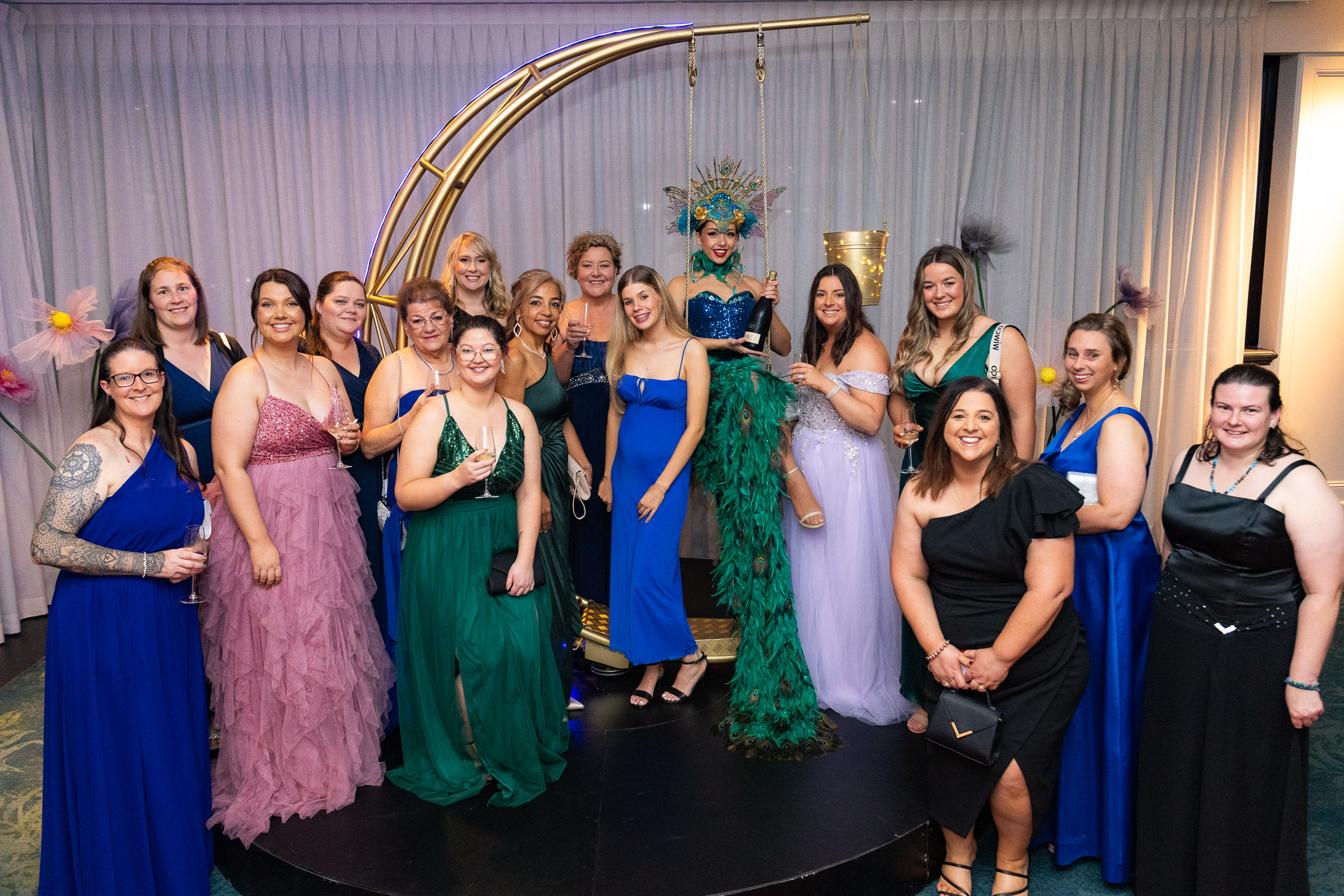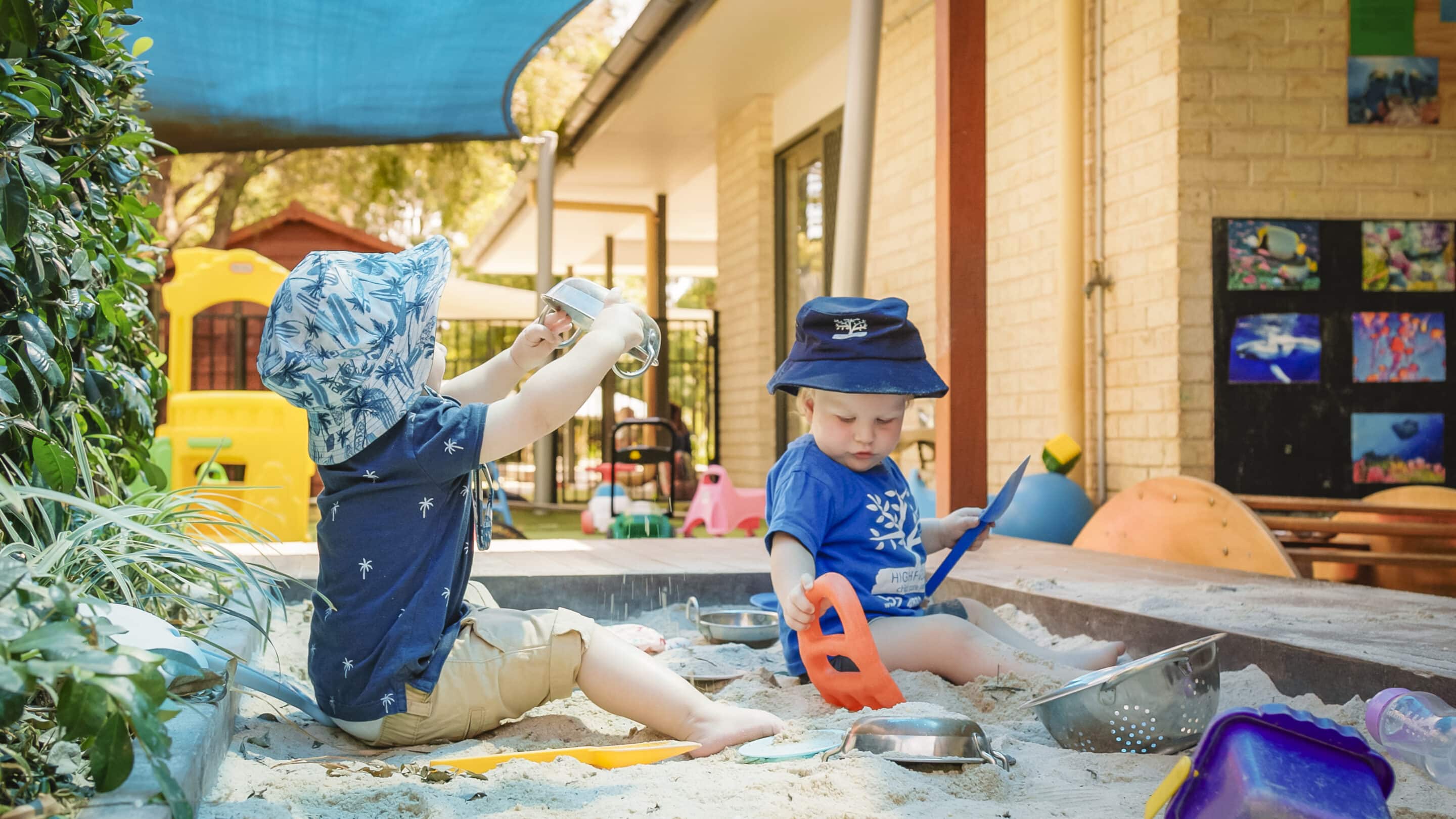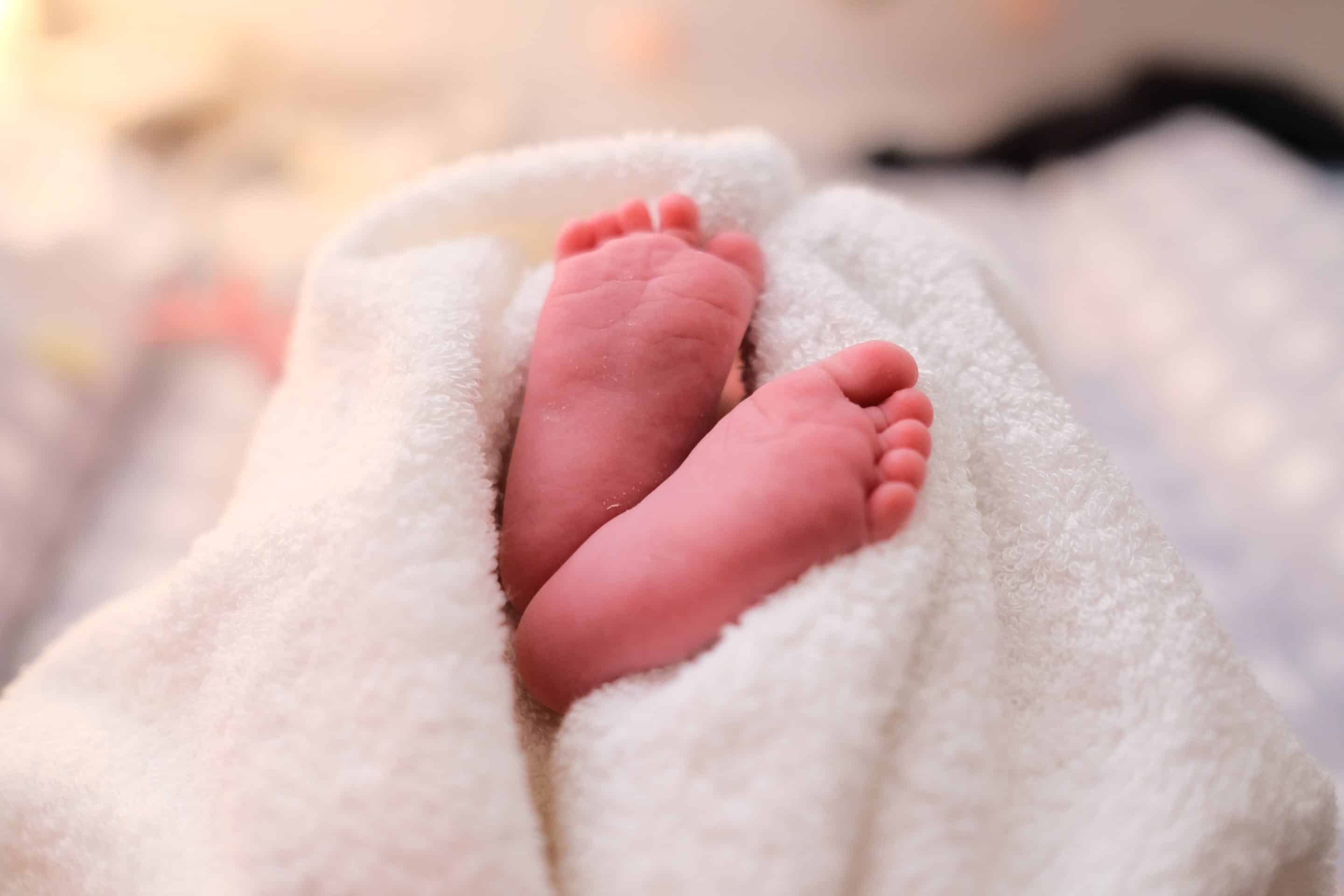Healthy Body, Healthy Mind
Active children are better learners. This is because brain health and the basic cognitive functions that underpin learning, such as memory and attention, are enhanced by physical activity.
Clinical studies have found that exercise increases the number of brain neurotransmitters (which play an important role in focus and attention) and brain-derived neurotrophies (that support neuroplasticity, the brain’s ability to adapt and rewire itself).
As little as one session of moderate-intensity physical activity has been shown to impact your child’s learning positively. A study found that after 20 minutes of walking on a treadmill, children showed increased neural activity and attention, memory and reading comprehension compared to sitting for a similar period.
Similarly, a meta-analysis of school-age children identified participation in physical activity resulted in beneficial cognitive outcomes across various measurement categories, including perceptual skills, IQ, achievement and verbal and mathematics tests.
Research also shows that when physical activity is used as a break from academic learning, children have better attention, increased on-task behaviours and improved overall academic performance.
At Highfields Child Care Centre, physical activity is an essential part of the day and much-loved by children. From the moment that children arrive each day, our team are outside with them, throwing and kicking balls, and climbing and playing games.
Heading inside at around 9:30am for morning tea, the team begins literacy, math, and cognitive learning activities. The children can focus better after taking part in physical activity first thing in the morning. The Highfields Child Care Centre team observes that the children are more engaged in their learning and have a larger attention span when provided regular opportunities for exercise and movement.
Physical Activities To Enjoy At Home
For babies and toddlers, it is important to simply get them outside and moving. This will allow them to explore, climb and run. You can even introduce fun details, like pretending to act like an animal. You might find, for example, that your child might enjoy stomping around like a dinosaur.
Children around this age also enjoy balloon play! As they are light and buoyant, unlike a regular ball, balloons are wonderful for young ones to chase after and practise playing catch (which helps the development of gross motor skills).
It is recommended you try more advanced activities with kindergarteners and preschoolers. Perhaps you get them to copy dance moves, throw and kick balls back and forth, or play a game with instructions such as ‘What’s the time, Mr Wolf?’ It helps to choose something with a specific focus and explain the movements or the muscles you’re using.
Don’t get discouraged by the weather. At Highfields Child Care Centre, we encourage children to go outside in their raincoats and gumboots when it is raining lightly to jump in puddles and explore. If we need to be indoors, we use technology such as an interactive TV to play one of the kids’ favourite games – Just Dance. It’s a good activity to try at home as most people have a smart TV, and it’s a fun and easy way to get children moving their bodies.
